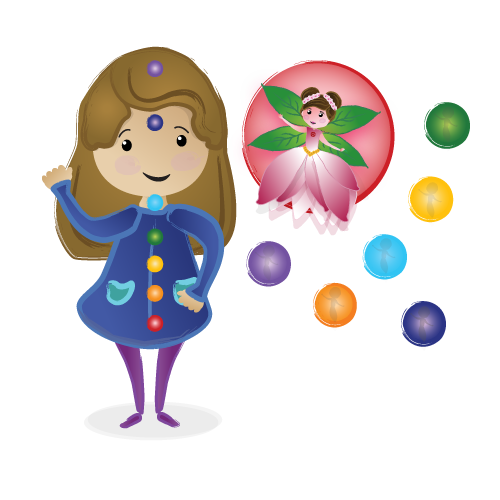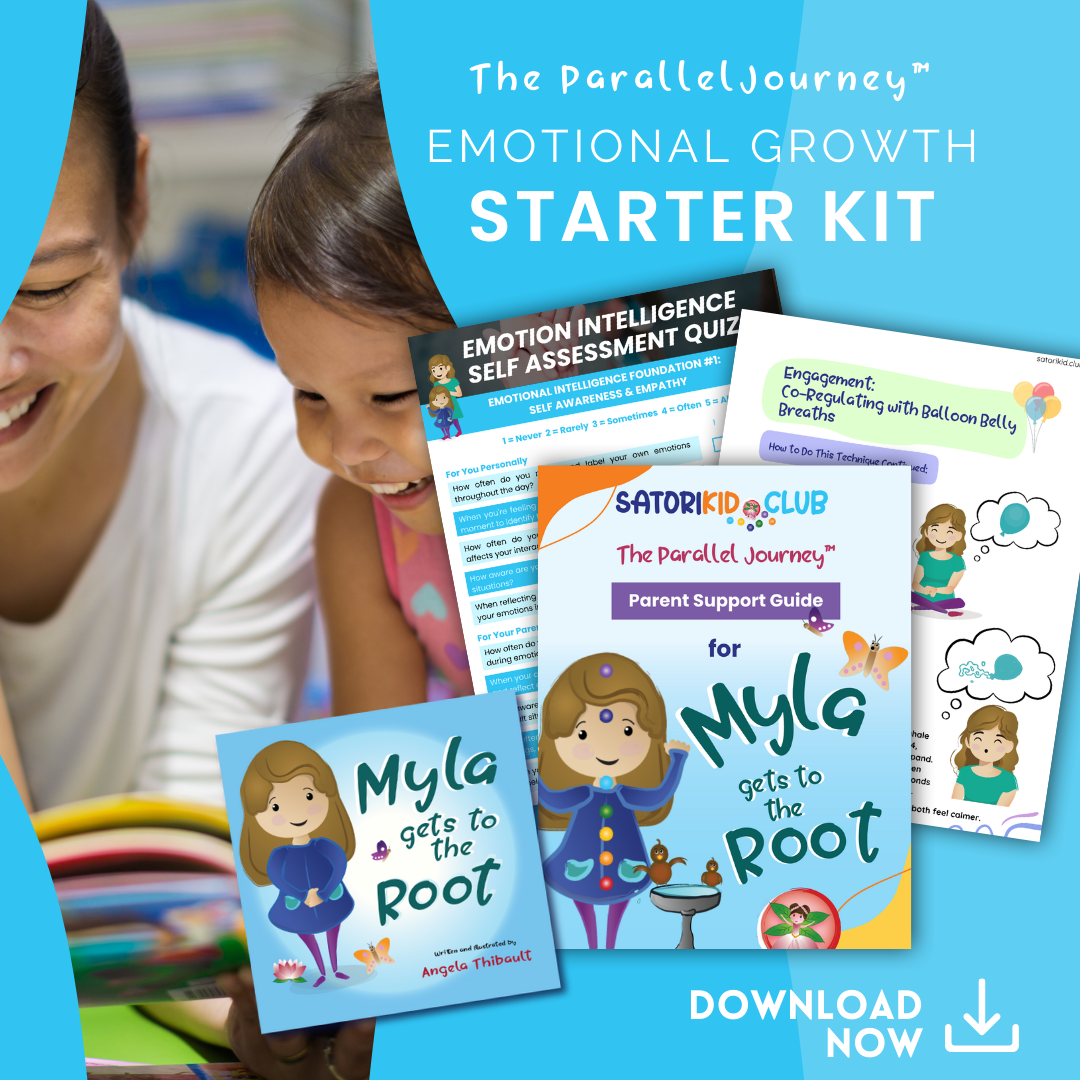Start your journey here
A Parent's Guide to Understanding the 7 Chakras: Nurturing Balance in Your Child's Life
All activities should be supervised by an adult.
Share

Chakra basics for mindful parents.
In the daunting journey of parenthood, finding ways to support your child's holistic well-being is a perpetual quest. One avenue that may seem mystical at first but holds profound potential for harmony is the exploration of the seven chakras. Originating from ancient Eastern philosophies, the chakra system provides a unique lens through which parents can understand and nurture their children's physical, emotional, and spiritual development. In this blog, we'll embark on a journey to demystify the 7 chakras, shedding light on their significance and offering practical insights for parents keen on fostering balance and well-being in their child's life.
Root Chakra: Foundation and Security

Let's start at the base—the Root Chakra. The base of the spine is where you can find the first chakra associated with a sense of grounding and stability. Imagine it as the foundation of a house; when it's strong, it provides a solid base for all other aspects of development. In children, a balanced Root Chakra is crucial for a sense of security, stability, and physical well-being. To nurture this chakra, engage in activities that involve the senses, like playing barefoot in the grass, fostering a connection to nature, and ensuring a safe and stable home environment.
Sacral Chakra: Creativity and Emotions

Moving up, we encounter the Sacral Chakra, nestled in the lower abdomen. This chakra is the center of creativity, emotions, and social interactions. Encouraging creative expression through art, dance, or imaginative play can help balance this chakra. Additionally, fostering healthy emotional communication and allowing your child to explore their feelings contributes to the harmonious development of the Sacral Chakra.
Solar Plexus Chakra: Confidence and Personal Power

The upper abdomen holds the seat of personal power and confidence, known as the Solar Plexus Chakra. As children navigate the world and assert themselves, a balanced Solar Plexus Chakra becomes crucial. Support your child's autonomy, encourage decision-making, and applaud their achievements, no matter how small. This positive reinforcement helps in developing a solid sense of self and confidence.
Heart Chakra: Love and Compassion

At the center of the chakra system lies the Heart Chakra, symbolizing love, compassion, and connection. Teaching children the values of empathy, kindness, and love for oneself and others contributes to the flourishing of the Heart Chakra. Engaging in acts of kindness as a family, practicing gratitude, and nurturing positive relationships create an environment where the Heart Chakra can thrive.
Throat Chakra: Communication and Expression

The Throat Chakra, located in the area of the throat, governs communication and self-expression. It is essential to support your child in expressing their thoughts and feelings openly. Engage in activities that promote effective communication, such as storytelling, active listening, and even singing. By fostering a supportive environment for self-expression, parents contribute to developing a balanced Throat Chakra.
Third Eye Chakra: Intuition and Imagination

Moving towards the forehead, we encounter the Third Eye Chakra, associated with intuition and imagination. This chakra is crucial for developing a sense of inner knowing and tapping into creativity. Encourage activities that stimulate the imagination, such as reading, storytelling, and imaginative play. Additionally, supporting your child's decision-making based on intuition helps strengthen the Third Eye Chakra.
Crown Chakra: Connection to the Divine

At the top of the chakra system sits the Crown Chakra, which symbolizes the connection to the divine and spiritual awareness. While this may seem esoteric, fostering a sense of wonder, awe, and curiosity about the world can contribute to the development of the Crown Chakra. Engage in activities encouraging mindfulness, such as meditation, deep breathing, or quiet natural moments. By nurturing a child's sense of spirituality, parents support the blossoming of the Crown Chakra.

In the whirlwind of raising children, understanding and embracing the concept of the seven chakras can offer a unique perspective on holistic development. By incorporating simple practices and activities into your daily routine, you can contribute to the balance and well-being of your child across physical, emotional, and spiritual dimensions. The journey of exploring the chakras is not just about the destination but about the ongoing process of nurturing a harmonious and resilient foundation for your child's life. As you embark on this journey together, may you find joy in the shared moments of growth, discovery, and connection with your child's inner self.

Angela Thibault
Angela Thibault is a mother of two, a passionate children’s author, and the founder of Satori Kid Club and The Parallel Journey™.







